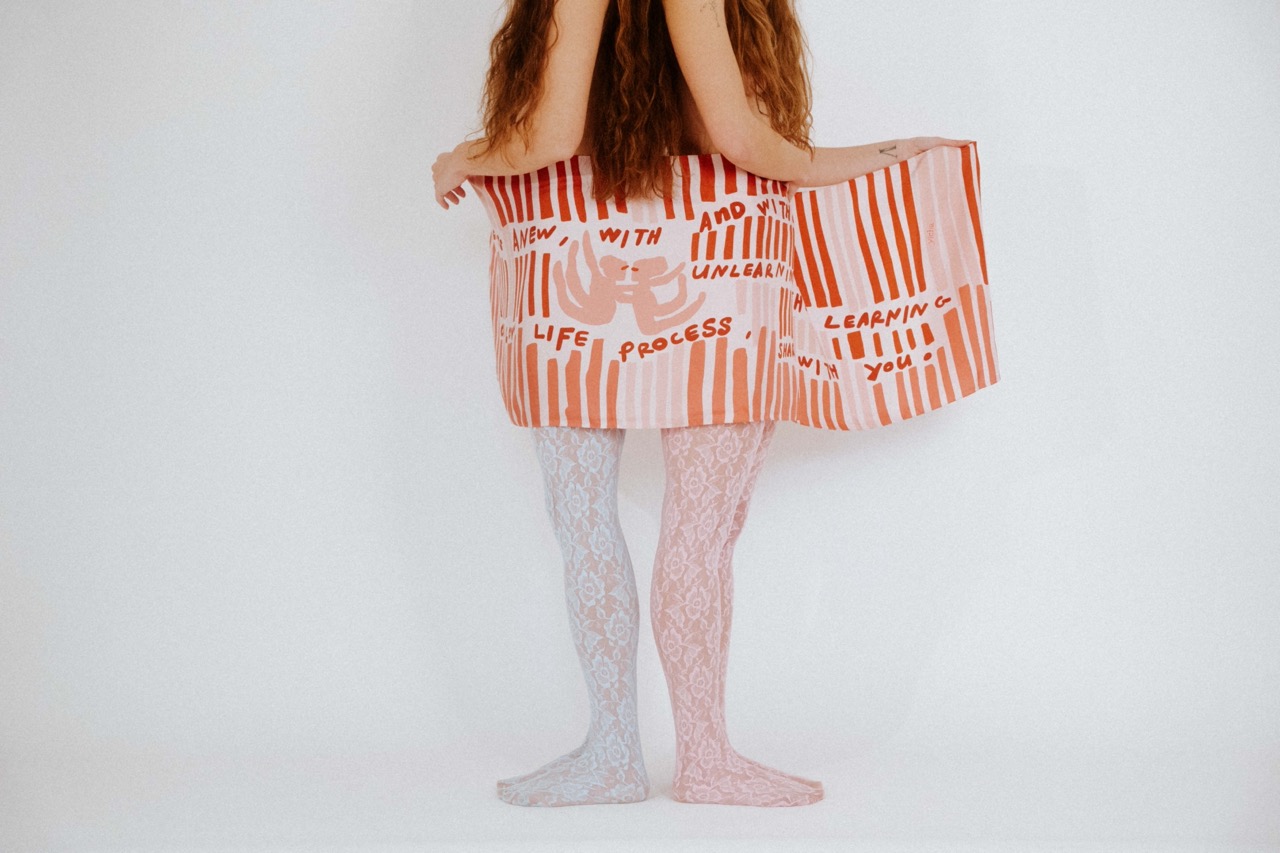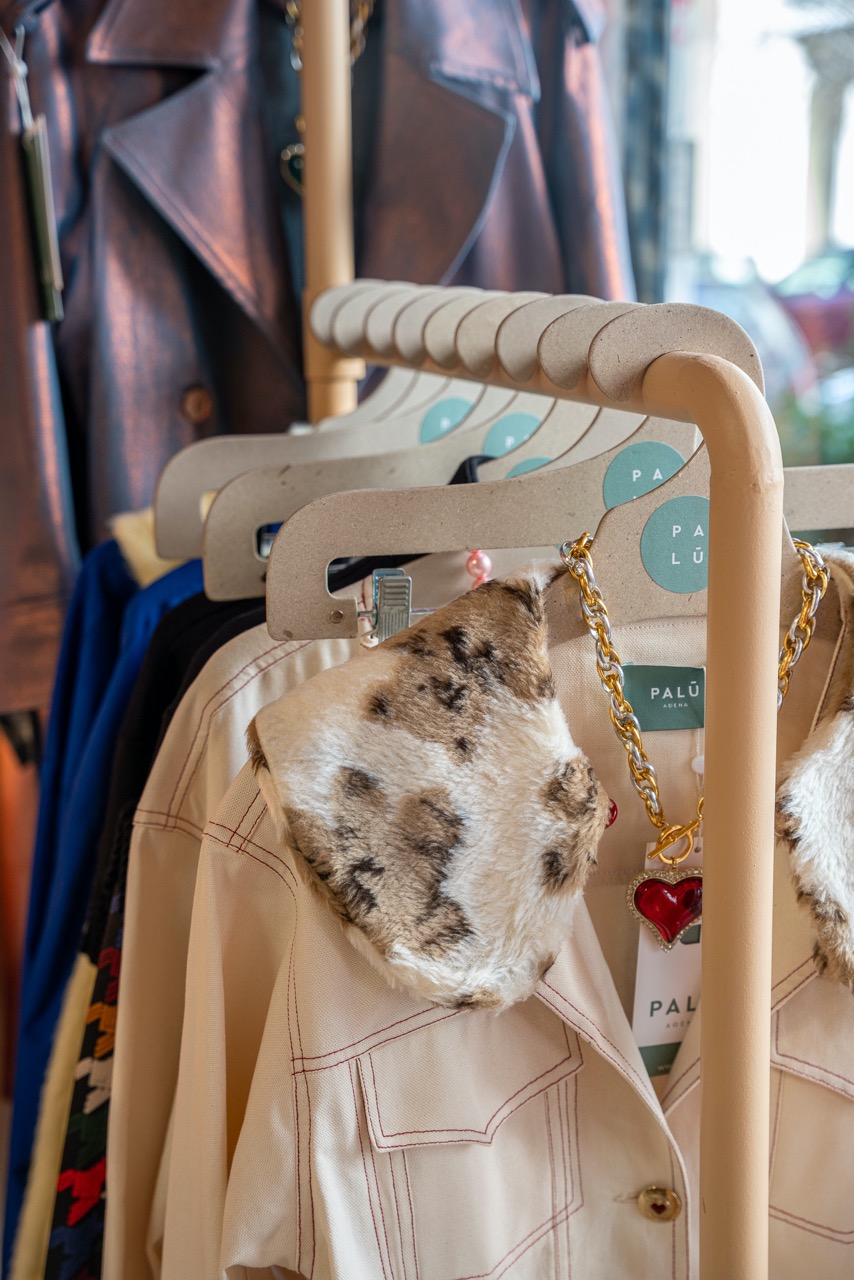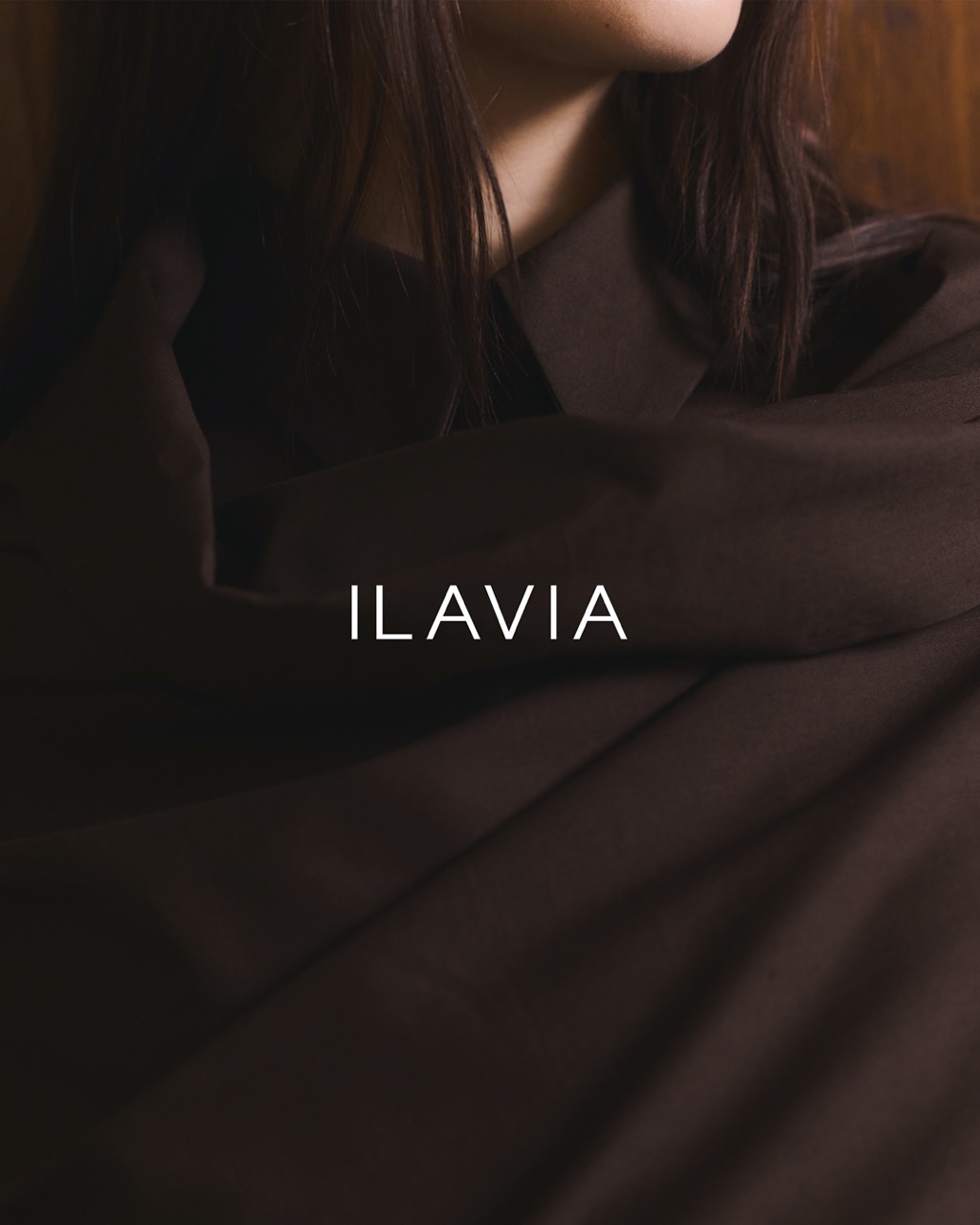The queen's chemise

Anna Mykoniati
How a portrait shook French society at the end of the 18th century.
It is late August 1783; the Louvre has just opened its doors to the public for the Salon de Paris, the top art exhibition of the” Académie Royale de Peintre et de Sculpture” taking place there, usually every two years, since 1667.
Let’s imagine, for a moment, the average exhibition visitor wandering Louvre’s Salon Carré; every usable inch of the walls is filled with paintings from floor to ceiling. Among the landscapes, depictions of historical scenes, still lifes and sculpted marble busts of nobles stands out a collection of portraits submitted by one of the youngest members of the Academy of that year, a twenty-eight-year-old woman, the painter Elisabeth Vigée-Lebrun. The centerpiece of this collection is a – slightly larger than life– portrait of a woman in a white cotton dress and straw hat adorned with feathers. In one hand she holds a blooming pink rose, while with the other she wraps a blue ribbon around the stem of the flower. The portrait at a first glance looks innocent: the woman with the large blue eyes and rosy cheeks looks at the viewer in a three-quarter profile. A gold ribbon hugs her slender waist. Her hair is styled according to the latest fashion. The silk blue ribbon of the hat falls gracefully over her shoulders. A vase full of flowers can be seen in the dark background on an elaborately carved wooden table. There is nothing sensual or overtly provocative about the way the artist has depicted the beautiful woman.
The viewer’s eye is drawn to the brass inscription on the frame, which identifies the depicted as “La Reine”, i.e. Queen Marie-Antoinette. Throughout time, royal portraits had to follow a set of rigid rules in order to symbolically convey the title, virtue and authority of the person depicted. If one looks here for any recognizable allusive element in clothing, accessories, environment, symbols, will find none. The face is familiar, she is definitely the queen, but there is nothing else to indicate her royal status. She is an ordinary woman, picking flowers in her garden. What kind of portrait is this: the queen, a gardener? For a French bourgeois, accustomed to the strict protocol of Louis XVI’s court and convinced of his country’s aesthetic superiority over any other, this is further proof that l’Autrichienne* never fully abandoned her simplistic Austrian ways – you can take the girl out of the village but you can’t take the village out of the girl, he would think disapprovingly.
We can also imagine our bourgeois friend’s eyes widening as he realizes in shock what the depicted woman is wearing: a robe en gaulle, a distinctly un-French cotton muslin gown modeled after the dresses worn by the Creole women who arrived in Paris in droves from the West Indies. Wives, daughters and mistresses of French landowners disembarking at the ports wearing clothes so transparent and so plain you could mistake them for underwear. The French call these dresses chemise, i.e. a classic smock type of women’s undergarment, for this very reason.
The innocent connoisseur cannot believe that the Queen has chosen to be painted in an outfit so vulgar, more suitable to a boudoir than to a public appearance. And not only the garment looks like underwear, but it’s also cotton! How unpatriotic for the Queen of France to wear a cheap cloth from the British colonies of India in danger of becoming fashionable and ruining the French silk industry! Our friend knows about Marie Antoinette’s reckless spending on luxuries and entertainments while her people starve, her disdain for her position and her persistent refusal to play a public role, her promiscuous sex life with a host of lovers in Petit Trianon as well as the rumors that she is a spy for the Austrians. After all it is true, he soliloquies, the portrait of the queen en gaulle is the proof that her moral character is now completely corrupted by sapphic associations, moreover the portrait of her mistress, the Duchesse de Polignac (also made by Madame Vigée-Lebrun, en gaulle too) is exhibited in the Salon next to the queen. He leaves the exhibition quite upset: what a decay of the institution!
And he is not the only one who feels this way: the scandal that erupts is so great that a few days later the work is withdrawn from the exhibition amid protests, the model and the painter become the objects of criticism, ridicule and slander, while another portrait of the Queen – now properly attired – hangs in place to calm the outraged crowds.
Reading this story today it is hard to understand why the portrait of a queen wearing a plain white dress would cause such a stir in such a wide swath of French society. Nowadays, when the remaining blue-bloods strive to prove how simple and everyday people they are by posting pictures on social media of themselves eating fast food or playing with their children on some seaside, Marie-Antoinette’s desire to present herself as a common mortal would have been applauded. In the late 18th century, however, this was a controversial decision that for many historians also marked the beginning of the end for France’s last queen.
But as often happens in fashion, despite the outcry, the fashionistas of the 18th century, unafraid to take risks, they embraced the chemise à la reine (the queen’s overall), as it came to be known. After all, the “most hated queen”, whether she chose clothing extravaganzas or wore an unpretentious cotton dress, was until her inglorious end, the ultimate trendsetter. What was once considered scandalous, it soon became the most common choice of dress for ladies across Europe. The preference of the Queen of France along with the turn of the Enlightenment towards the noble ancient Greek past, turned the simple white cotton dress (which no longer reminds anyone of underwear but of an ancient Greek tunic and is called robe athenienne de linon) into the ultimate fashion item of the end of the 18th century and the beginning of the 19th century. It is said that its popularity was so great that the increased demand for cotton, combined with the invention of the cotton gin in 1794, sparked the slave trade from Africa to the Americas to meet the need for cheap labor on the cotton plantations of the South.
And this dress may not have been acceptable for a queen, but it seems to have been perfectly appropriate for the Revolution: Fifty years later, in Eugene Delacroix’s famous 1830 painting “Liberty Leads the People,” Marianne, the symbol of the French Republic, is pictured wearing a combat version of Marie-Antoinette’s iconic gown, the light fabric having slipped off one shoulder to reveal her right breast, didn’t cause scandal. In the Revolution there is no room for prudery.
Anna Mykoniati was born in Oxford, Great Britain in 1980. She studied History and Archeology at the Aristotle University of Thessaloniki and did postgraduate studies in Cultural Heritage Management at the University of Birmingham-Ironbridge Institute (MA in Cultural Heritage Management). She completed her PhD on “Fake Antiquities. Another aspect of the reception of cultural heritage in the new Greek state” at the Aristotle University of Thessaloniki in 2012.
* L’Autrichienne (=The Austrian), a nickname with which Marie Antoinette was derogatorily referred to, due to her Austrian origin by the leaflets of the time, playing on the French words autruche meaning ostrich and chienne meaning dog.
** The text is based on the master’s thesis of Sarah Lorraine Goodman, “Devil in a White Dress: Marie-Antoinette and the Fashioning of a Scandal”, San Jose State University, 2017, DOI: https://doi.org/10.31979/etd.7kr7-k7vz




